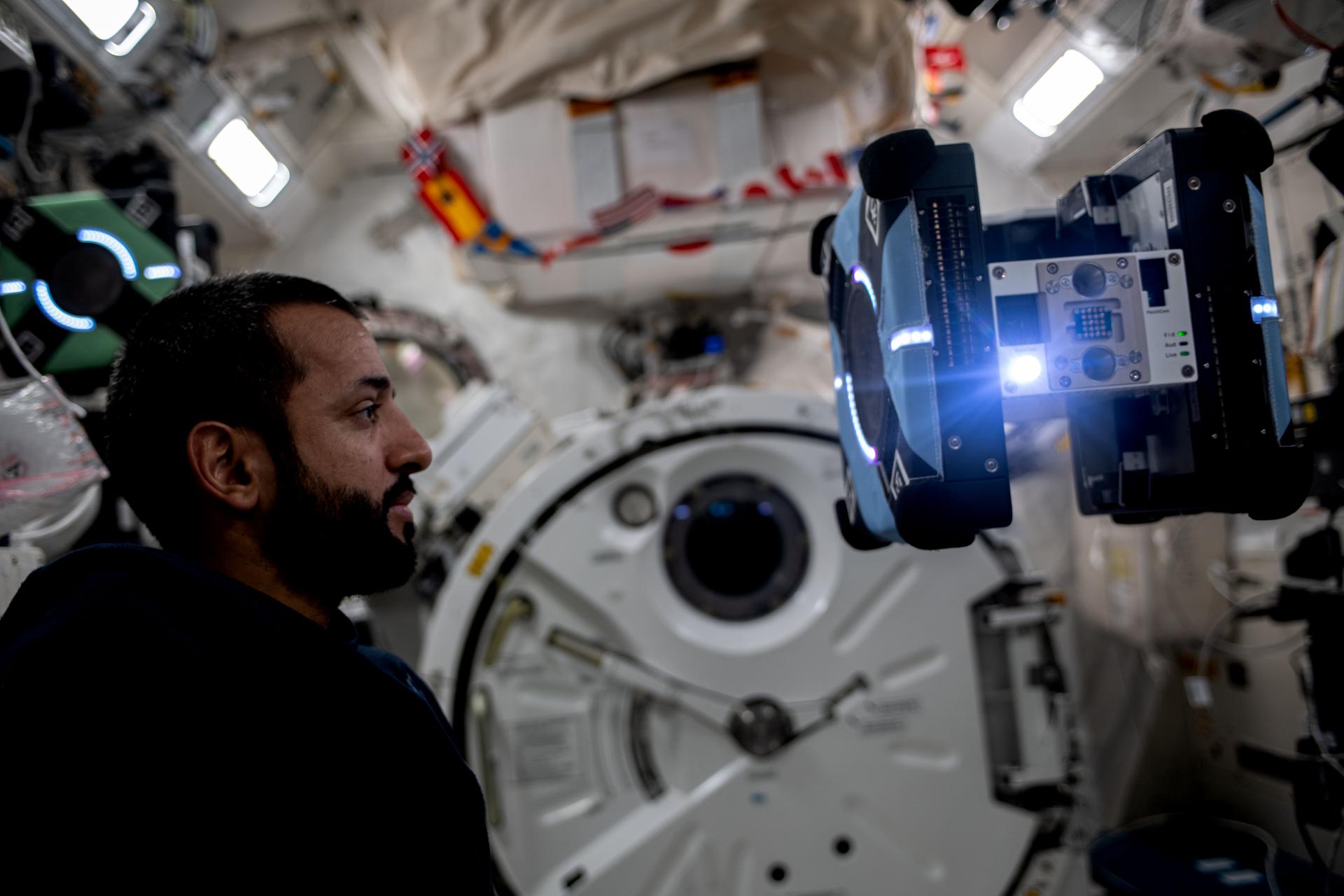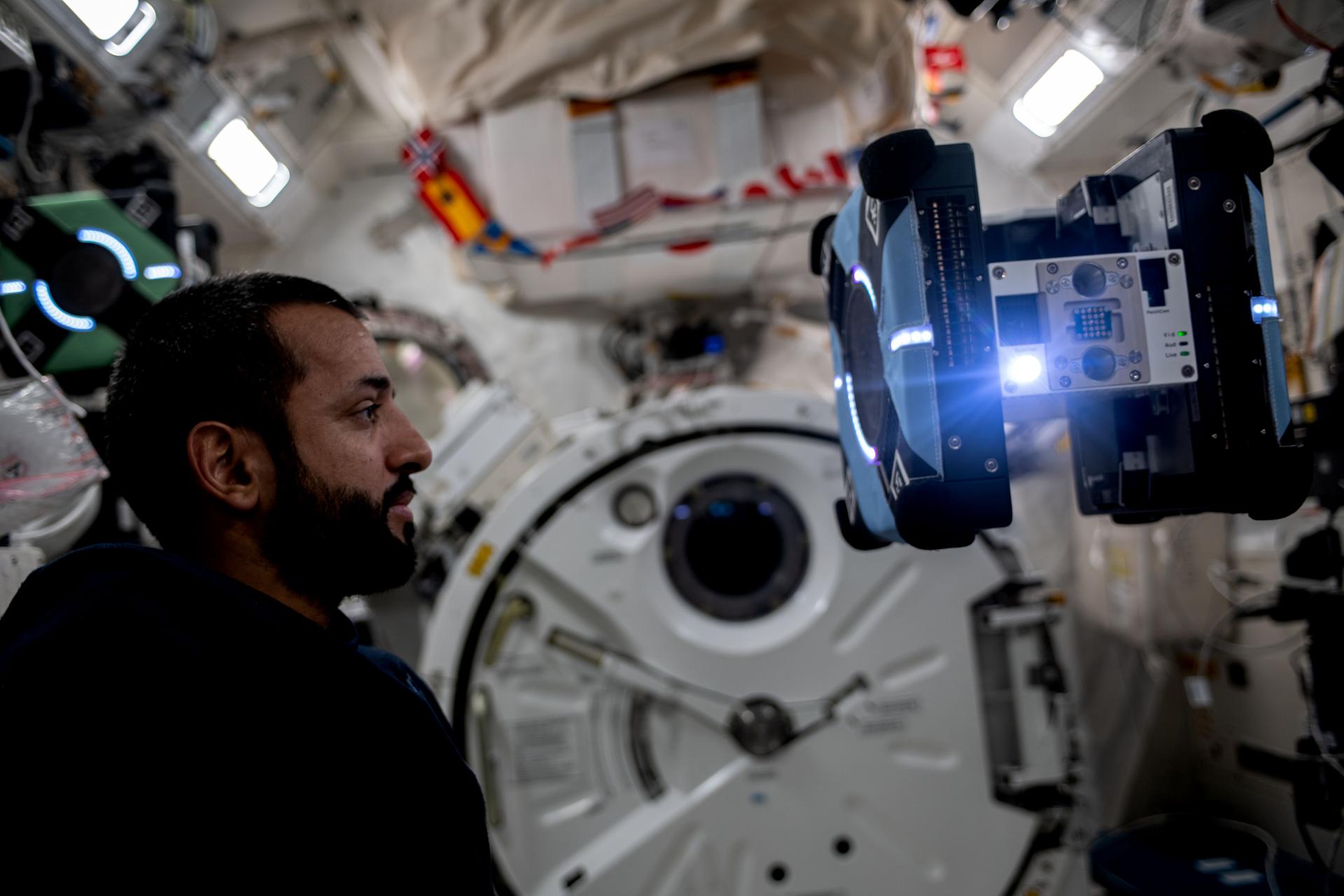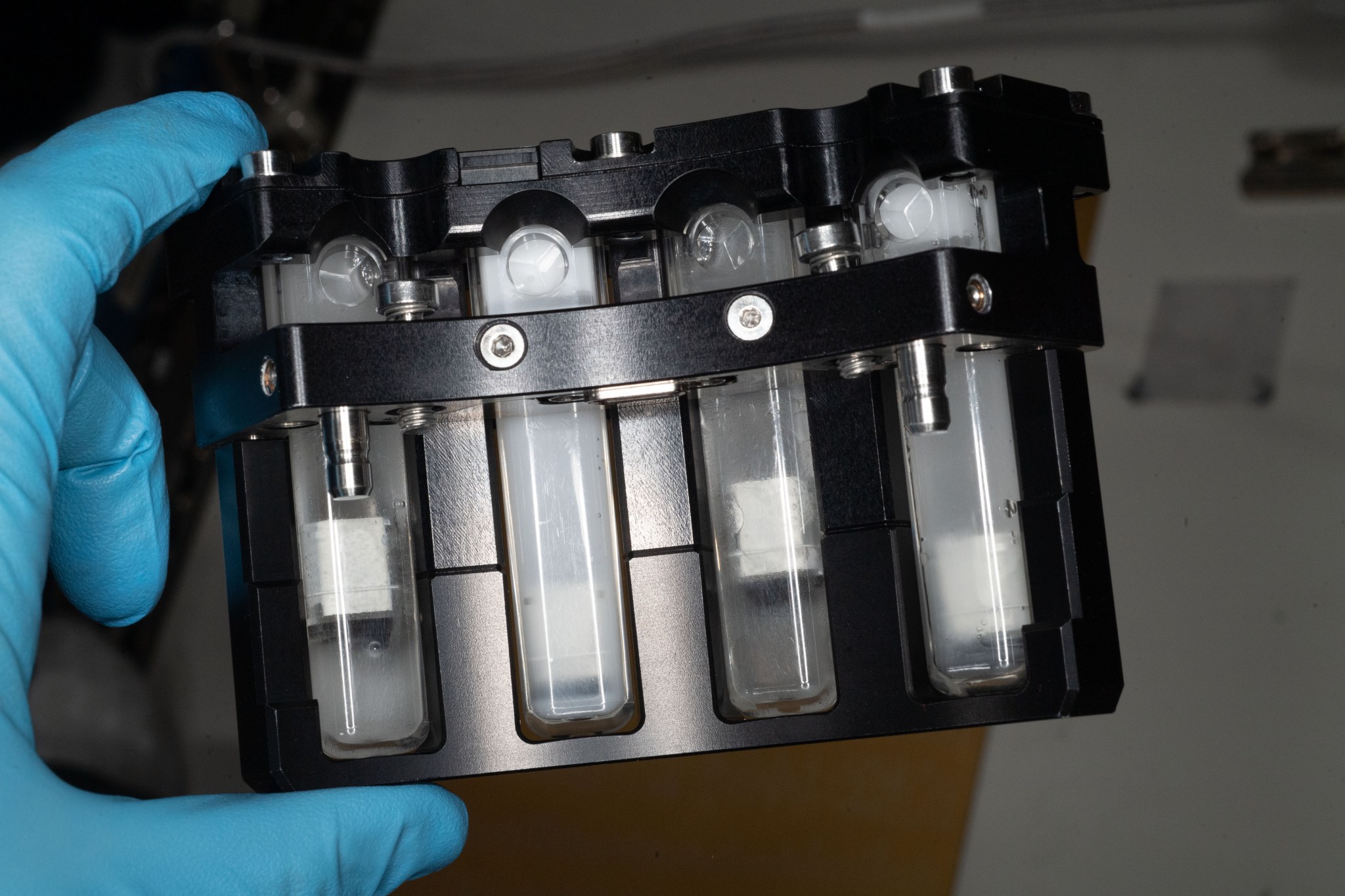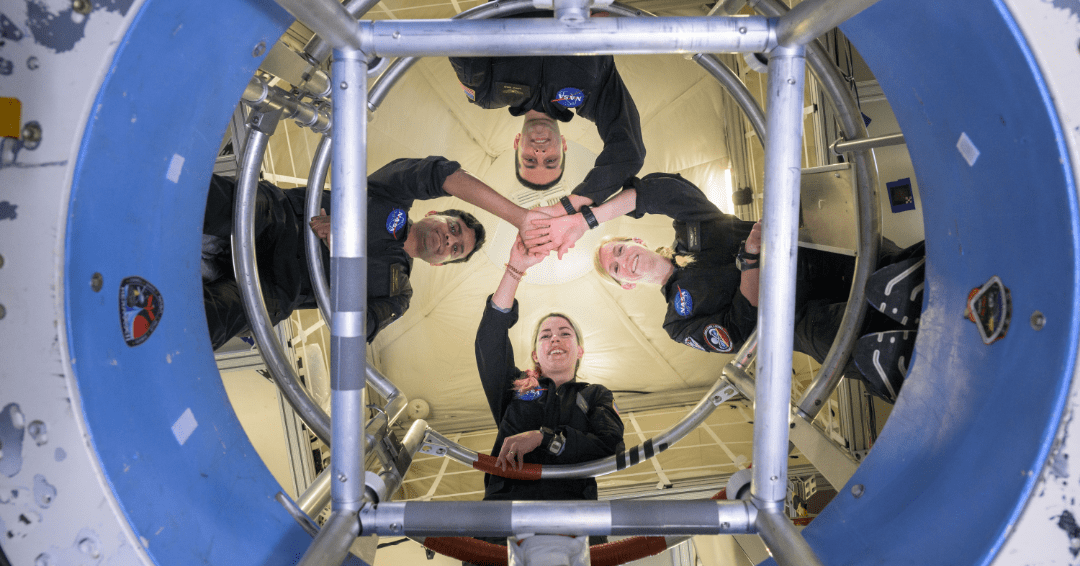Home ASSURE 2017 has successfully concluded. UPDATES 2017-10-01: ASSURE 2017 concluded successfully. The accepted papers appear in the SAFECOMP 2017 Workshop Proceedings. Thank you for attending! See you in 2018. 2017-08-28: The ASSURE 2017 Program has been announced. The final program is contingent on registration. If you haven’t already done so, please register for ASSURE 2017 via SAFECOMP 2017. 2017-08-27: ASSURE 2017 will be held on Tuesday, Sep. 12, 2017. The accepted papers and program will be posted here soon. 2017-06-02: Authors of accepted papers have been notified. The final, camera-ready version and a signed copyright…
Read MoreTag: General
NASA Celebrates 25 Years of High School Aerospace Scholars
For 25 years, the Office of STEM Engagement (OSTEM) at NASA’s Johnson Space Center has inspired and provided high school students across the state of Texas with NASA-focused learning experiences through the High School Aerospace Scholars (HAS) program. The OSTEM team celebrated the milestone on Monday, July 29 at Johnson’s Gilruth Center with poster sessions, special presentations, and a networking reception. Fifty-one students who participated in the 2024 High School Aerospace Scholars program were invited to NASA’s Johnson Space Center in Houston to participate in an on-site experience. NASA/James Blair…
Read MoreAssure 2015
Home ASSURE 2015 has successfully concluded. UPDATES 2015-10-05: ASSURE 2015 concluded successfully. The accepted papers appear in the SAFECOMP 2015 Workshop Proceedings. Thank you for attending! See you in 2016. 2015-06-24: Pippa Moore of the UK Civil Aviation Authority will give an invited keynote talk! 2015-06-24: The ASSURE 2015 Program has been announced. The final program is contingent on registration. If you haven’t already done so, please register for ASSURE 2015 via SAFECOMP 2015. 2015-06-15: ASSURE 2015 will be held on Tuesday, Sep. 22, 2015. The accepted papers and program will be posted here soon. 2015-06-15: Authors of…
Read MoreNASA Project in Puerto Rico Trains Students in Marine Biology
7 Min Read NASA Project in Puerto Rico Trains Students in Marine Biology A forested green peninsula of Culebra Island juts into the blue waters of the Caribbean as a rain storm hits in the distance. The teal blue surrounding the island indicates shallow waters, home to the island's famous coral reefs. Credits: NASA Ames/Milan Loiacono Tainaliz Marie Rodríguez Lugo took a deep breath, adjusted her snorkel mask, and plunged into the ocean, fins first. Three weeks earlier, Rodríguez Lugo couldn’t swim. Now the college student was gathering data on…
Read MoreDETAIL OPPORTUNITY: NASA OFFICE OF THE GENERAL COUNSEL
2 min read Preparations for Next Moonwalk Simulations Underway (and Underwater) The National Aeronautics and Space Administration (NASA) seeks applicants interested in six to twelve month reimbursable details with the Office of General Counsel (OGC). Applicants must be current Federal Employees. Applicants should receive the approval of their supervisor before applying. Consisting of a Headquarters Office and nine Center-level legal offices, NASA OGC provides advice and legal support on cutting edge issues in support of NASA’s mission of research and exploration on behalf of the United States. Ideal candidates will…
Read MoreNASA Seeks Input for Astrobee Free-flying Space Robots
4 Min Read NASA Seeks Input for Astrobee Free-flying Space Robots iss069e010815 (May 16, 2023) — UAE (United Arab Emirates) astronaut and Expedition 69 Flight Engineer Sultan Alneyadi observes a free-flying Astrobee robotic assistant during the testing of its operations for an upcoming student competition to control the robotic devices. Credits: NASA NASA is seeking input from American companies for the operation and use of a system of free-flying robots aboard the International Space Station as the agency continues to foster scientific, educational, and technological developments in low Earth orbit…
Read MoreStation Science Top News: August 23, 2024
Researchers successfully produced cellulose from bacteria cultured on the International Space Station for four weeks. The bacteria used in the experiment, K. hansenii, is known to produce the highest amount of cellulose and could be considered for large-scale production in microgravity to support the development of materials used in construction, clothing, and the supply of energy. Ice Cubes Experiment Cube #4, #5- Kirara, a temperature-controlled module typically used for protein crystallization, was used here to incubate the target bacteria. Researchers developed a customized methodology that consisted of adjusting gas and…
Read MoreAugust 2024 Transformer of the Month: Selina Salgado
As a Human Resource Business Partner at NASA Headquarters, Selina Salgado describes her job as helping with “all things people” for the enterprise. By facilitating technological solutions to human resources (HR) challenges and needs, she excels at an often-underestimated aspect of Digital Transformation (DT): the interpersonal side. As a champion of community building, knowledge sharing, and digital upskilling, Selina was an easy selection for this month’s Digital Transformer award. Selina started at NASA in 2019 as a Pathways intern and previously worked as a mentoring coordinator for Marshall Space Flight Center…
Read MoreNASA Ames Stars of the Month: August 2024
The NASA Ames Science Directorate recognizes the outstanding contributions of (pictured left to right) Sangsavang Stevie Phothisane, Taryn Kavanagh, Andro Rios, and Hami Ray. Their commitment to the NASA mission represents the talent, camaraderie, and vision needed to explore this world and beyond. Earth Science Star: Sangsavang Stevie Phothisane Sangsavang Stevie Phothisane, a Deputy Project Manager in the Earth Science Project Office (ESPO), demonstrated outstanding leadership as the site manager for both of the field campaigns of the Arctic Radiation-Cloud-Aerosol-Surface Interaction Experiment (ARCSIX) based at Pituffik Space Base, Greenland. He…
Read MoreNASA Funds Studies to Support Crew Performance on Long-Duration Missions
The crew of the Human Exploration Research Analog’s Campaign 7 Mission 1 clasp hands above their simulated space habitat’s elevator shaft. Credit: NASA NASA is funding 11 new studies to better understand how to best support the health and performance of crew members during long-duration spaceflight missions. The awardees will complete the studies on Earth without the need for samples and data from astronauts. Together, the studies will help measure physiological and psychological responses to physical and mental challenges that astronauts may encounter during spaceflight. The projects will address numerous spaceflight risks related…
Read More






